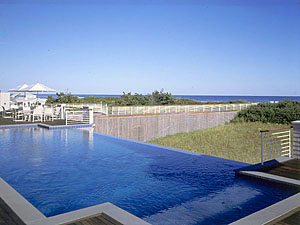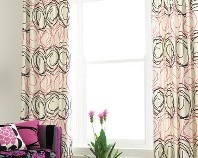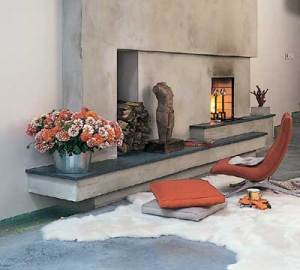It's Not Easy Being Green
 August 1, 2007
August 1, 2007 Irwin Weiner -- Last week we were passing around a copy of HC&G in the office. Ever heard of it? For those of you not in the New York metro, this is the abbreviation for Hamptons Cottages and Gardens magazine.
This glossy, glitzy magazine (we love it) covers the cream-of-the-crop Long Island real estate. Their idea of a "cottage" is an architecturally stunning and "significant" structure with four bedrooms, 4.5 baths, two master suites (each with fireplaces, marble baths, and dressing rooms), and a $3.5 million price tag. Their idea of "garden" is a manicured-within-an-inch-of-its-life property with stone patios, gunite lap pool, bubbling spa, dining gazebo, and lawn and hedges for days. It's where the Great Room is called the Morning Room and the Living Room is called the Ballroom.
 So imagine our surprise when HC&G published their "What About Green!" issue. It featured beautiful articles on artisanal cheese, healthy "green" homes, eco antiques, and lush gardens from the British Cotswalds. The editorial messages of the articles was laudable: incorporating green design into our homes is to be aware that we can positively contribute to improving our lives.
So imagine our surprise when HC&G published their "What About Green!" issue. It featured beautiful articles on artisanal cheese, healthy "green" homes, eco antiques, and lush gardens from the British Cotswalds. The editorial messages of the articles was laudable: incorporating green design into our homes is to be aware that we can positively contribute to improving our lives.
This sounds lovely in theory, HC&G, but are the Hamptons known for eco-friendliness? Why are Hamptons lawns so VERY green and the pools so VERY blue? (Could it be an abundance of fertilizers and chemicals?) Why are Hamptons houses so beautiful? (Could it be their runaway use of quarried stone and rare tropical woods from slow-growth trees?) Why are Hamptonians so very mobile? (Could it be their gas-guzzling cars or their helicopter rides over the clogged Long Island Thruway, the most convenient way to get to a green retreat by the sea?)
I have nothing against the Hamptons or Hamptonians. I've worked on the design of some Hamptons properties. The towns are lovely and the people are intelligent, fascinating, and surprisingly friendly. I applaud home design that aims at eco-friendliness. Ads in this issue of HC&G tout eco-friendly fabrics, green building materials, and energy-saving heating systems. It's all great, as far as it goes.
But "going green" is a bit more than just reading one issue of a beautiful magazine. We hope Hamptonians -- and everyone of you reading this -- will take to heart that Going Green is filled with everyday choices and commitments. It's about being consistent and diligent. And it's not about buying a magazine about being eco-friendly . . . and then tossing it in the trash compacter on your way out to the Midsummer Night's Benefit Gala and Dinner Dance.
Is Going Green just a fashion color? Next year, will it be Going Pink? I hope not. The talk of using tap water over bottled water is less elegant, but it's truly greener. Now what else can we all do to green things up a bit?
If you want to have a beautiful design experience, look into Hamptons Cottages and Gardens. Go to www.HCandG.com, and you will be impressed.













